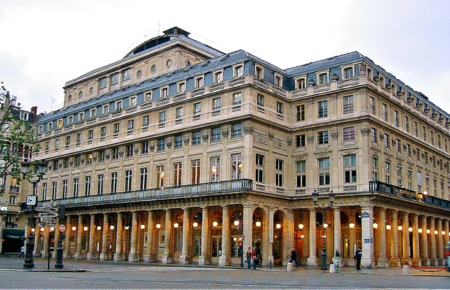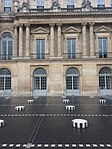Comédie-Française

The Comédie-Française (French: [kɔmedi fʁɑ̃sɛːz]) or Théâtre-Français (French: [teɑtʁ(ə) fʁɑ̃sɛ]) is one of the few state theatres in France. Founded in 1680, it is the oldest active theatre company in the world. Established as a French state-controlled entity in 1995, it is the only state theatre in France to have its own permanent troupe of actors. The company's primary venue is the Salle Richelieu, which is a part of the Palais-Royal complex and located at 2, Rue de Richelieu on Place André-Malraux in the 1st arrondissement of Paris. The theatre has also been known as the Théâtre de la République and popularly as "La Maison de Molière" (The House of Molière). It acquired the latter name from the troupe of the best-known playwright associated with the Comédie-Française, Molière. He was considered the patron of French actors. He died seven years before his troupe became known as the Comédie-Française, but the company continued to be known as "La Maison de Molière" even after the official change of name.
Excerpt from the Wikipedia article Comédie-Française (License: CC BY-SA 3.0, Authors, Images).Comédie-Française
Place de Valois, Paris 1st Arrondissement (Paris)
Geographical coordinates (GPS) Address Nearby Places Show on map
Geographical coordinates (GPS)
| Latitude | Longitude |
|---|---|
| N 48.8635 ° | E 2.3362 ° |
Address
Palais Royal
Place de Valois
75001 Paris, 1st Arrondissement (Paris)
Ile-de-France, France
Open on Google Maps











